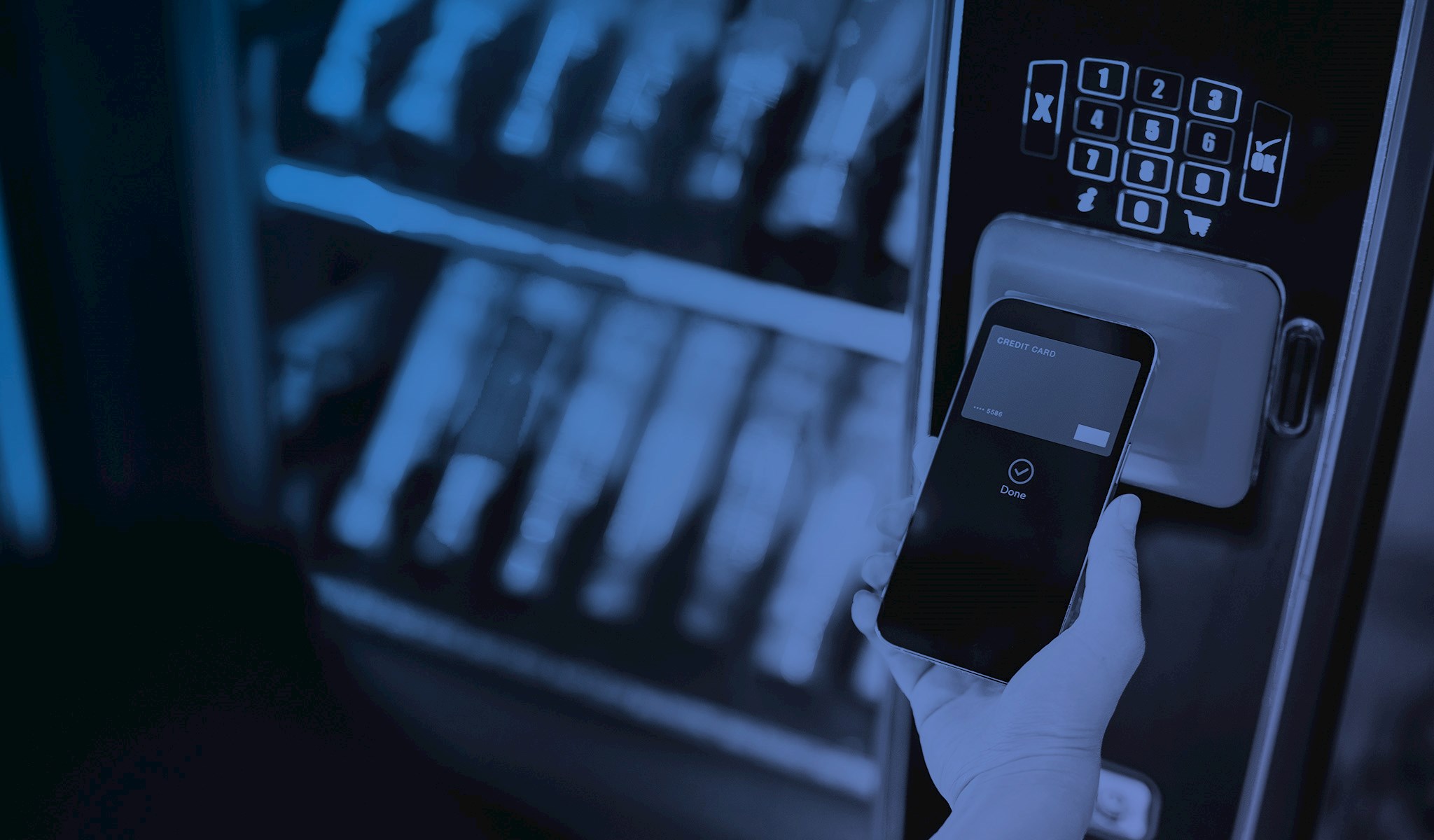Theft and shrinkage continue to be ongoing challenges facing the retail industry, particularly in unattended formats such as micro markets. These self-service spaces represent an opportunity for convenience service operators to increase sales and improve customer satisfaction by offering a greater breadth of products. Compared to traditional vending machines, micro markets can generate up to four times more volume per location; however, they often lack traditional loss prevention measures, making them more susceptible to theft.
According to the National Retail Federation, the average retail shrinkage rate is 1.6% of total sales; however, micro markets often exceed this benchmark. In fact, research shows that 89% of micro market operators face higher-than-average shrinkage rates due to the lack of staff oversight.
Addressing these vulnerabilities is crucial for both profitability and sustainable growth. To combat shrinkage, operators are relying on a combination of technology and design strategies to mitigate losses. Real-time inventory tracking and advanced surveillance systems help detect theft, while environmental design elements, such as signage and improved lighting, discourage these behaviors. These strategies have helped expand deployment opportunities for micro markets; however, in traditional micro markets, the simplest, lowest-cost, and most efficient mitigator remains trust, which is most easily established in a controlled access environment.
Smart stores are the next iteration of unattended retail innovation, combining security, satisfaction, and convenience. The emergence of smart store technologies has played a pivotal role in broadening the deployment of micro markets into public and semipublic venues. These formats offer a hybrid solution, merging the breadth of product assortment and frictionless experience typical of micro markets with the security attributes of traditional vending. By requiring customers to tap or dip a payment method before accessing or entering, and employing cameras, RFID sensing, and embedded scales to identify and charge for removed products, smart stores mitigate shrinkage risk while preserving the core value proposition of unattended retail.
While advanced smart store technologies require higher upfront investment, they often boost performance. Even small reductions in shrinkage rates can significantly enhance profitability and accelerate payback periods. Ultimately, investing in loss prevention can strike a balance between cost efficiency and operational performance.
Effective theft prevention in unattended retail combines technology with operational best practices. As these formats expand into new markets, loss prevention programs must evolve to maintain customer convenience and ensure profitability.
For more information on related investment opportunities and insights, please see our equity research report, Unattended Retail Driving Incremental Growth of Electronic Payments, or visit our Equity Research Rewind landing page for this and other topics on our website.



